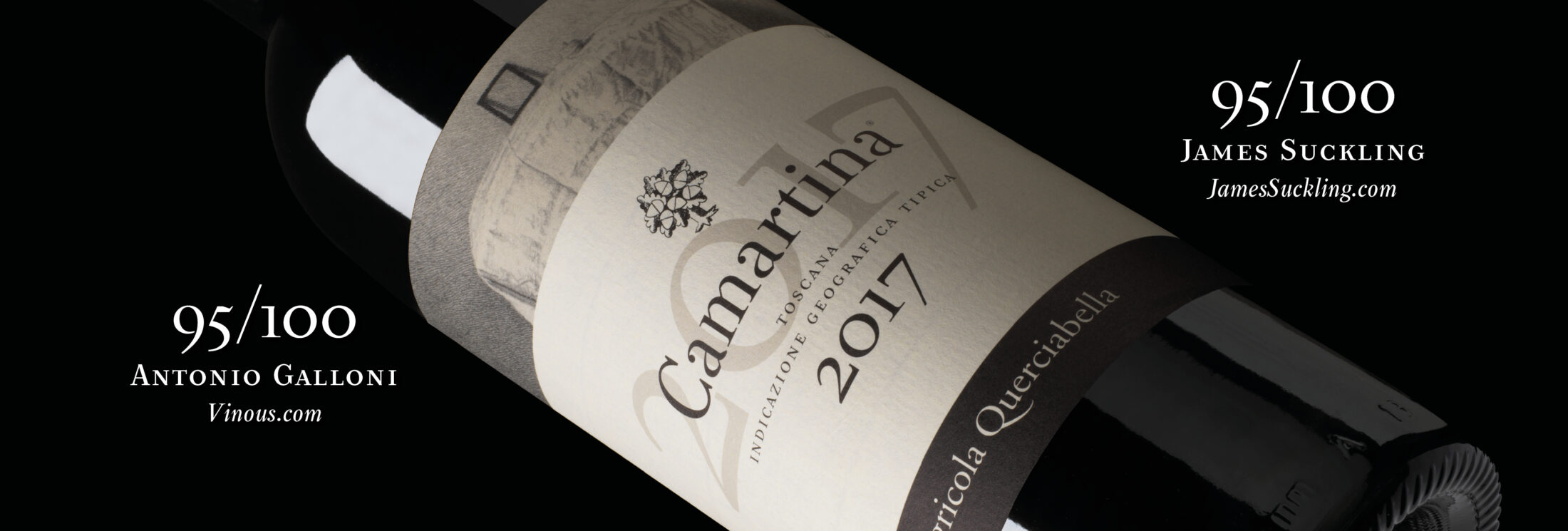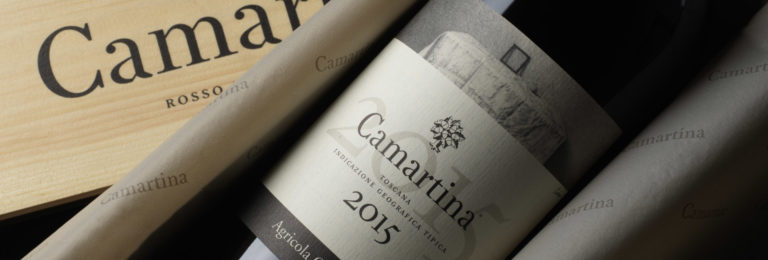Querciabella is one of the proud founding members of the new Historical Super Tuscans wine committee.
Sixteen founding members officially launched the new Historical Super Tuscans wine committee in Florence on December 02. These pioneering producers all boast at least one critically acclaimed Super Tuscans made in the Chianti Classico area before 1994. Querciabella released Camartina in 1981.
Super Tuscans of Chianti Classico
The committee’s initial decision to restrict founder members to the geographical limit of the Chianti Classico area is due to the fact that the concept of SuperTuscan wine was born precisely as a reaction to the regulations — especially the impossibility of using only red grapes — and stress that this specific area was key to the development of the “Super Tuscan” idea.
By limiting founding members to within the Chianti Classico we wanted to stress that that area was key to the development of the “Super Tuscans”.
— Davide Profeti, vice-president.
However, all Super Tuscans, even those that were launched after 1994 or that are made outside the Chianti Classico region can now apply to become members as long as they meet the association’s criteria of international renown and distribution as well as quality which will be assessed by an internal tasting panel.
The list of the founding members in order of release
Vigorello (1968, San Felice)
Tignanello (1971, Antinori)
Le Pergole Torte (1970, Montevertine)
Fabrizio Bianchi (1974, Castello di Monsanto)
I Sodi di San Niccolò (1977, Castellare di Castellina)
Cepparello (1980, Isole e Olena)
Sangioveto (1980, Badia a Coltibuono)
Camartina (1981, Querciabella)
Concerto (1981, Castello di Fonterutoli)
Cabreo (1982, A&G Folonari)
La Gioia (1982, Riecine)
Fontalloro(1983, Felsina)
Balifico (1985, Castello di Volpaia)
L’Apparita (1985, Castello di Ama)
Acciaiolo (1988, Castello di Albola)
Brancaia il Blu (1988, Brancaia)


